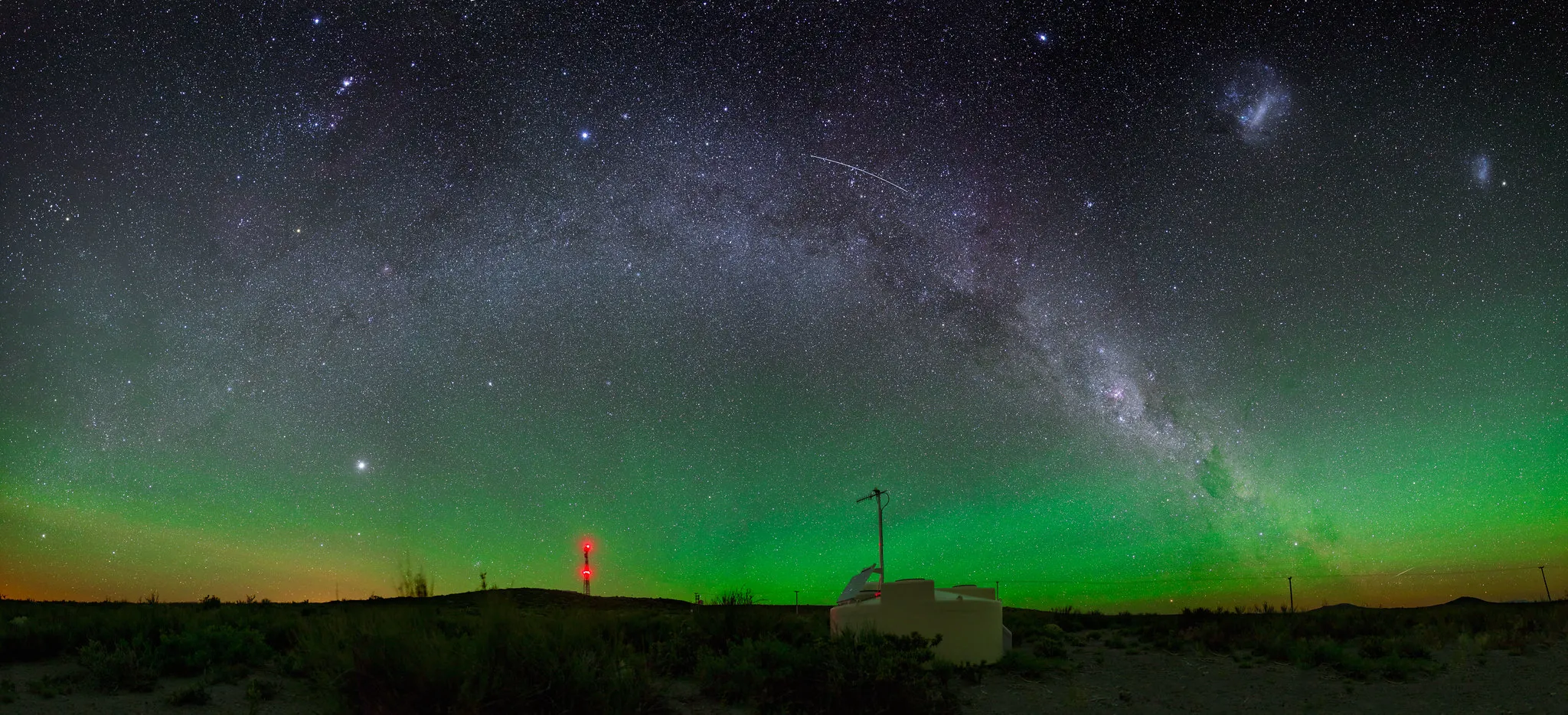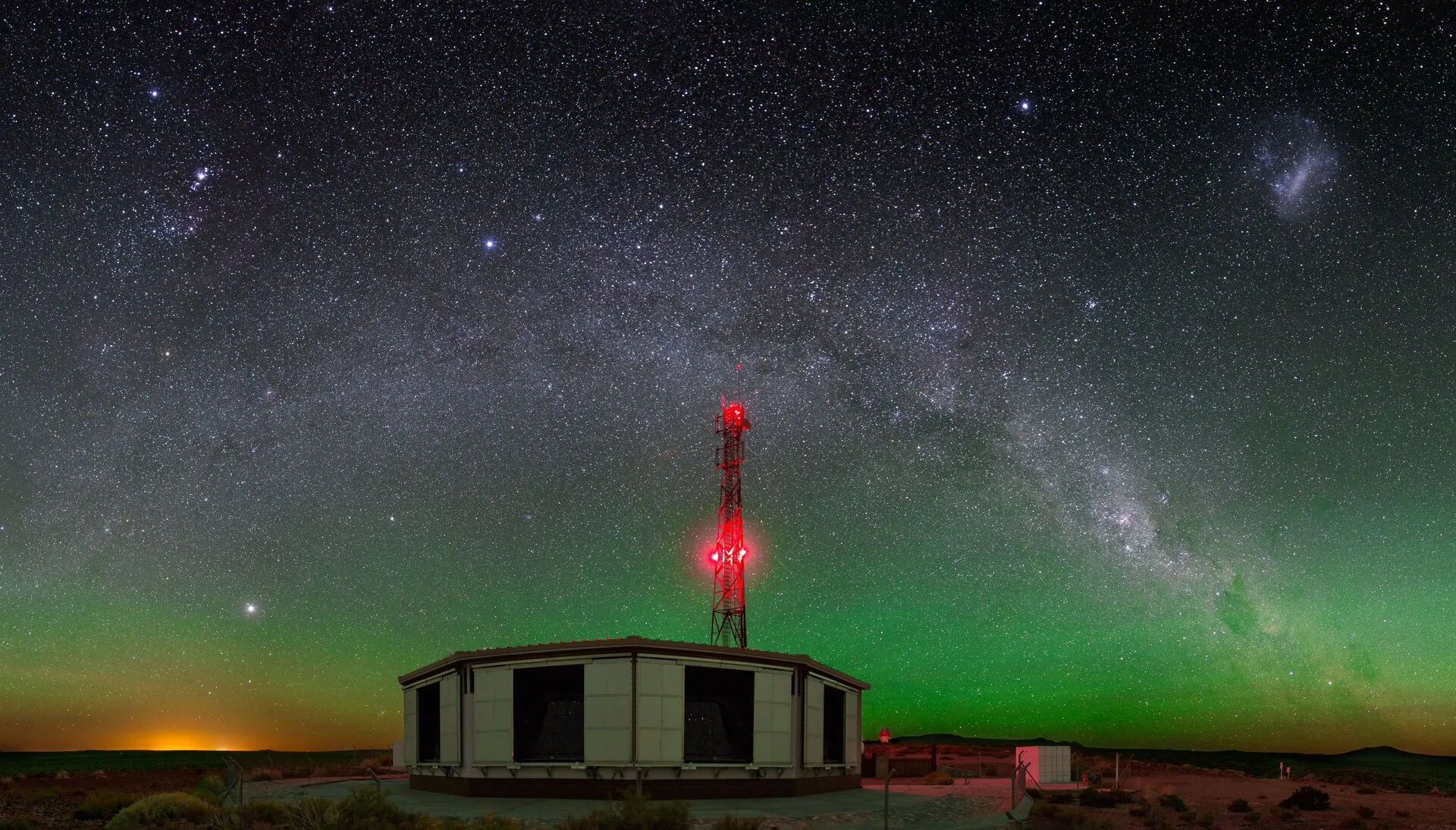A Colaboración Pierre Auger, na que participa o Instituto Galego de Física de Altas Enerxías (IGFAE), ven de publicar parte dos seus datos experimentais, dando acceso aberto ao 10% dos datos rexistrados co detector de raios cósmicos máis grande do mundo. Estes datos e ferramentas de software para analizalos póñense a disposición do público para que sexan utilizados por unha ampla e diversa comunidade, incluíndo científicos profesionais, cidadanía e iniciativas educativas e de divulgación. Pódese acceder aos datos en www.auger.org/opendata.
O Observatorio Pierre Auger pertence a unha colaboración de preto de 400 científicos de máis de 90 institucións de 18 países de todo o mundo, entre os que se atopan membros do IGFAE, que participa no observatorio desde a década dos 90 cando estaba aínda en fase de deseño. O observatorio, que ten una extensión de 3000 km2, funciona exclusivamente cos achegas dos países participantes. A contribución do IGFAE o longo destes anos fíxose maiormente con apoio do Ministerio de Ciencia e Innovación e da Xunta de Galicia.
Os resultados obtidos polo observatorio están permitindo determinar as propiedades dos raios cósmicos de maior enerxía cunha precisión sen precedentes. Estes raios cósmicos son, na súa meirande parte, núcleos atómicos que chegan á Terra dende fontes astrofísicas. Cos datos do Observatorio demostrouse que as partículas de maior enerxía teñen unha orixe extra-galáctica. O espectro enerxético dos raios cósmicos foi medido máis alá de 1020 eV, o que corresponde a un valor macroscópico duns 16 joules nunha soa partícula elemental. Demostrouse que hai unha forte caída do fluxo a alta enerxía e descubríronse novos indicios de emisións procedentes de fontes próximas. A análise dos datos permitiron caracterizar o tipo de partícula que transportan estas enerxías tan elevadas, que inclúen elementos que van desde o hidróxeno ata o silicio. Os datos tamén se poden usar para estudar a física de partículas a enerxías fóra do alcance do Gran Colisor de Hadróns ou LHC no CERN (Xenebra), o maior acelerador de partículas do mundo.
No Observatorio Pierre Auger situado na Arxentina, os raios cósmicos obsérvanse indirectamente, a través de chuvieiras de partículas secundarias producidas pola interacción do raio cósmico coa atmosfera. O detector de superficie do Observatorio abrangue 3000 km² e comprende 1600 detectores de partículas separados entre si 1500 m. A zona está rodeada por un conxunto de telescopios que compoñen o detector de fluorescencia con sensibilidade á luz de fluorescencia emitida ao desenvolverse a cascada no aire, mentres que o detector de superficie rexistra os muóns, electróns e fotóns que chegan ao chan. Os datos do Observatorio, postos a disposición do público en acceso aberto, inclúen tanto datos en bruto sen procesar como tamén datos reconstruídos mediante análises detalladas, e os propios datos presentados en publicacións científicas. Algúns dos datos compártense de forma habitual con outros observatorios para realizar análises de todo o ceo e para utilizar nos estudos de astronomía de multi-mensaxeiros, cuxa sinal pode estar composta por radiación electromagnética, ondas gravitacionais ou partículas subatómicas..
“Os datos do Observatorio Pierre Auger, que foi fundado hai máis de 20 anos, son o resultado dun vasto e continuado investimento científico, humano e financeiro por unha gran colaboración internacional”, sinala o seu director, Ralph Engel. “Os datos son de gran valor para a comunidade científica mundial”. Ao liberar tanto datos como ferramentas informáticas de análise, a colaboración Auger amosa o seu convencemento de que o acceso en aberto aos datos experimentais vai permitir, a longo prazo, o máximo aproveitamento do seu potencial científico.
Máis información:
https://www.auger.org/opendata/
Imaxe: ceo nocturno sobre o Observatorio Pierre Auger. Crédito: Steven Saffi.






